Many of my tools are very ordinary but a few are purposely designed to improve a procedure or make a task possible. I use some of them on pianos directly, and others, like most of my metalworking tools, more indirectly.
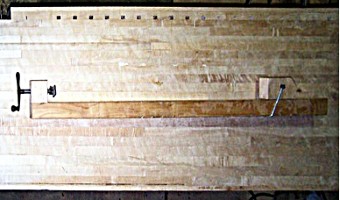
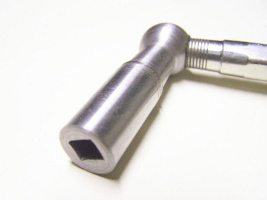
Piano tools
The most obviously specialized of these are specifically for working on pianos, and range from small tools like tuning handles for unusual tuning pins and special cutters for reproducing parts used by a single maker for a short period to special presses, thread rolling plates and a string winding machine. Some of them are purchased from suppliers, many based on designs that haven't changed for a century or more, while others are shop-made—both antique and new—based on established principles as well as more fanciful ones.

Shop-made string winding lathe

Shop-made wire straightener
The coolest piano tool I have, though, is a real pianomakers clamp stamped “HALLET, DAVIS & CO.”
Woodworking tools
Beyond ordinary piano repairs I've learned how to reproduce many of the more intricate wooden piano pieces that aren't readily available for replacement – I create some of them by hand and others with much more mechanized processes, and this requires a lot more tools than I started with. They are a mix of old entry level machines and flea market finds, homemade tools as well as generous donations from friends and family, many of which were my grandfather's: I use his old lathe and jointer all the time.

Tandem drill press with 12000rpm and 3000rpm heads
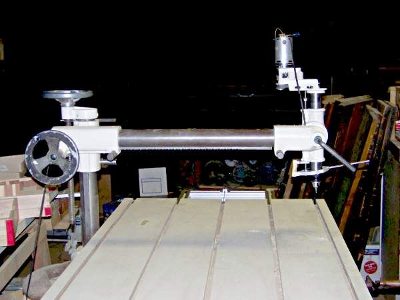
57” shop-made radial drill press with sliding table
Even the smallest action parts may require a dozen different machine operations, and I have a few similar machines to speed up common sequences: two tablesaws, three drill presses, four lathes, and five routers. Several of these are permanently set up side by side.
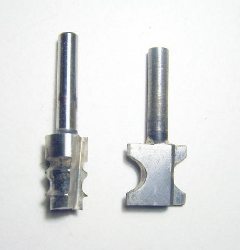
Shop made router bits for keys and action parts
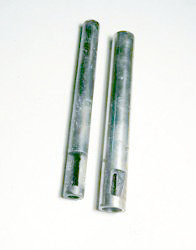
Shop made tenon cutters for shanks
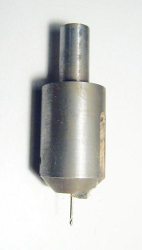
Shop made rosette cutter for birdseyes
Most of the piano parts require custom cutters to be fitted on the woodworking machines and many of the machines are equipped with special fixtures to improve their precision and repeatability: the 4” saw and router table have sliding tables for making small things like action parts, and the radial drill has one for large ones like keyboards, and the router table and 10” table saw have tilting fences. Even the less frequently used machines like my scrollsaw and radial drill have attachments for specific tasks like sawing apart and mortising keys.
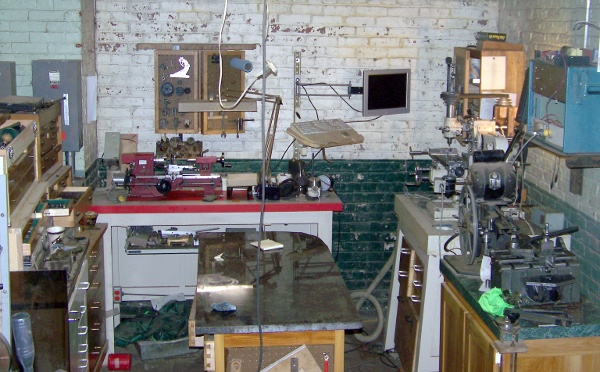
Metalworking tools
I have a small set of metalworking tools that I use mostly making tools and jigs for piano work, and many of the parts and improvements for the machines themselves. A basic light duty benchtop 7” lathe, a 4½×18” horizontal milling machine and a 5” shaper are supplemented by different types of attachments: extra chucks and slides for making large batches of identical tuning pins on the lathe, a dividing attachment to produce a special gear for a music box. These are supported by an almost equal number of setup and measurement tools.